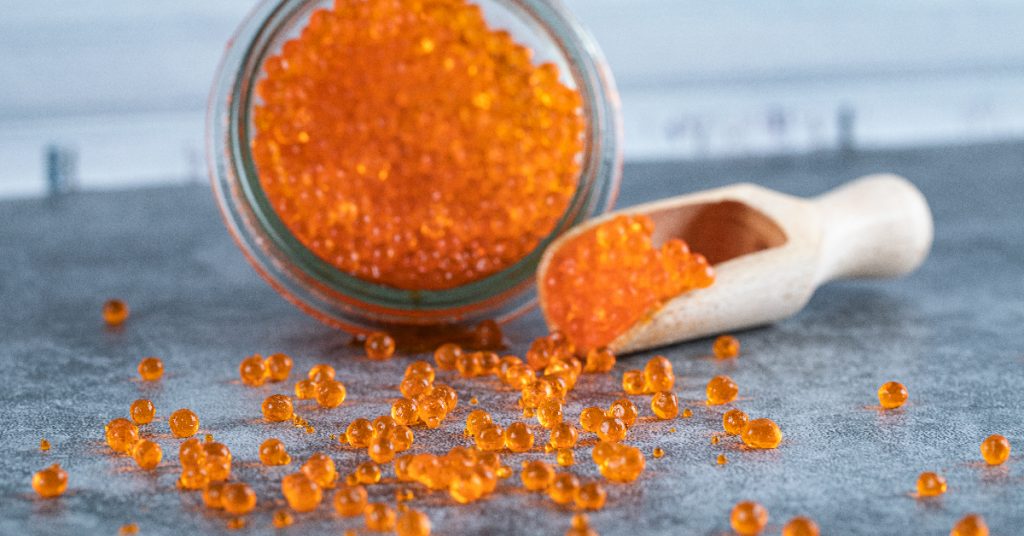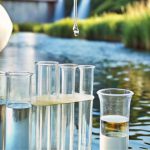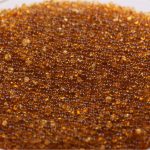Resins play a vital role in various industrial processes, especially in water treatment, chemical manufacturing, and coatings. Among the many categories, ion exchange resins are particularly important for water softening, demineralization, and purification. Understanding the different types of resins, especially the types of ion exchange resins, can help industries choose the right solution for their specific needs.
In this blog, we’ll explore the classification of ion exchange resins, discuss various softener resin types, and examine the broad industrial applications of different types of resins.
Table of Contents
ToggleWhat Are Resins?
Resins are solid or semi-solid substances—natural or synthetic—that have adhesive properties and are used in various manufacturing and processing applications. In industrial settings, ion exchange resins are synthetic, porous beads made from polymers that facilitate the exchange of ions in a solution without altering the resin’s structure.
Types of Resins
Resins can be broadly classified into two categories:
1. Natural Resins
Derived from plant secretions (like rosin or amber), natural resins have limited industrial use today.
2. Synthetic Resins
These are widely used in industrial applications and are further categorized into:
- Thermoplastic Resins (e.g., polyethylene, PVC, polystyrene)
- Thermosetting Resins (e.g., epoxy, phenolic, melamine)
- Ion Exchange Resins
Types of Ion Exchange Resin
Ion exchange resins are specialized polymers that can exchange specific ions within them with ions in a surrounding solution. These resins are primarily classified based on the type of ions they exchange:
1. Cation Exchange Resins
- Replace positive ions (like Ca²⁺, Mg²⁺) with other positive ions (like Na⁺ or H⁺).
- Used in water softening and demineralization.
- Example: Strong Acid Cation (SAC) resins for hardness removal.
2. Anion Exchange Resins
- Replace negative ions (like Cl⁻, SO₄²⁻) with OH⁻ or other anions.
- Commonly used for dealkalization and removal of sulfate, nitrate, etc.
- Example: Strong Base Anion (SBA) resins used in ultrapure water systems.
Classification of Ion Exchange Resins
The classification of ion exchange resins can be detailed based on:
A. Nature of Ionic Functional Groups
| Type | Description | Application |
| Strong Acid Cation (SAC) | Contains sulfonic acid groups | Water softening, demineralization |
| Weak Acid Cation (WAC) | Contains carboxylic acid groups | Partial dealkalization, softening at a specific pH |
| Strong Base Anion (SBA) | Contains quaternary ammonium groups | Demineralization, nitrate removal |
| Weak Base Anion (WBA) | Contains amine groups | Organic removal, deacidification |
B. Physical Form
- Gel-type Resins: Homogeneous internal structure; suitable for high-purity applications.
- Macroporous Resins: Porous and durable; better for organic fouling resistance.
Applications of Ion Exchange Resin Types
The various types of ion exchange resin are used across industries for:
1. Water Treatment
- Softening hard water
- Demineralization (removal of all ionic impurities)
- Mixed-bed polishing for ultrapure water (e.g., in semiconductor or pharmaceutical production)
2. Chemical and Petrochemical Industries
- Separation and purification of acids and bases
- Catalysis in organic reactions
- Recovery of valuable metals and minerals
3. Food and Beverage Industry
- Sugar decolorization and purification
- Juice clarification
- Beverage stabilization
4. Power Plants
- Boiler feedwater treatment using demineralization units
- Condensate polishing systems for steam cycle purity
5. Pharmaceutical Industry
- Deionized water production
- Removal of endotoxins and other charged impurities
Ion Exchange: Ensuring Safety Standards with INDION Resins
Ion Exchange offers a comprehensive range of ion exchange resins that have become the preferred choice across diverse industries. As a pioneer in resin production in India, Ion Exchange established the country’s first resin manufacturing facility in Ankleshwar, Gujarat, which remains one of the largest and most advanced resin manufacturing plants. It was also the first plant in India to be certified with ISO 9001 and 14001, showcasing its commitment to quality and environmental standards. The pharmaceutical-grade resin facility is both USFDA compliant and WHO-GMP certified, ensuring the highest standards for health and safety. The INDION series of ion exchange resins includes a variety of Gaussian and uniform particle-size beads available in both dry and moist forms. These resins, with customizable surface area, porosity, and matrix, cater to a wide range of applications in industries such as pharmaceuticals, food and beverage, nuclear, chemical, biodiesel, hydrometallurgy, and sugar processing, offering optimal solutions for water and non-water treatment needs.
- RANGE OF INDION RESINS: WATER-BASED RESINS
- RANGE OF INDION RESINS: NON-WATER-BASED RESINS
- Catalyst Grade Resins
- Adsorbent Grade Resins
- Chemical & Special Process Resins
- Pharma Grade Resins
- Nuclear Grade Resins
- Hydrometallurgy Resins
- Food & Beverage Grade Resins
- Sugar Refining Resins
- Resins for Biodiesel
Conclusion
The wide range of types of resins, especially ion exchange resin types, makes them indispensable to modern industry. From water purification to chemical processing, the right resin can drastically improve efficiency, reduce costs, and ensure regulatory compliance.







